It’s Not About Outrunning the Bear: 4 Strategies for Recruiting AI Engineers
Some of our clients



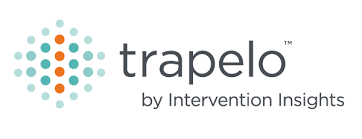



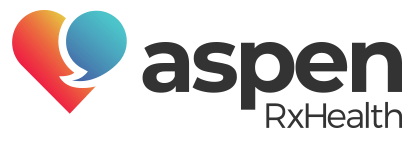


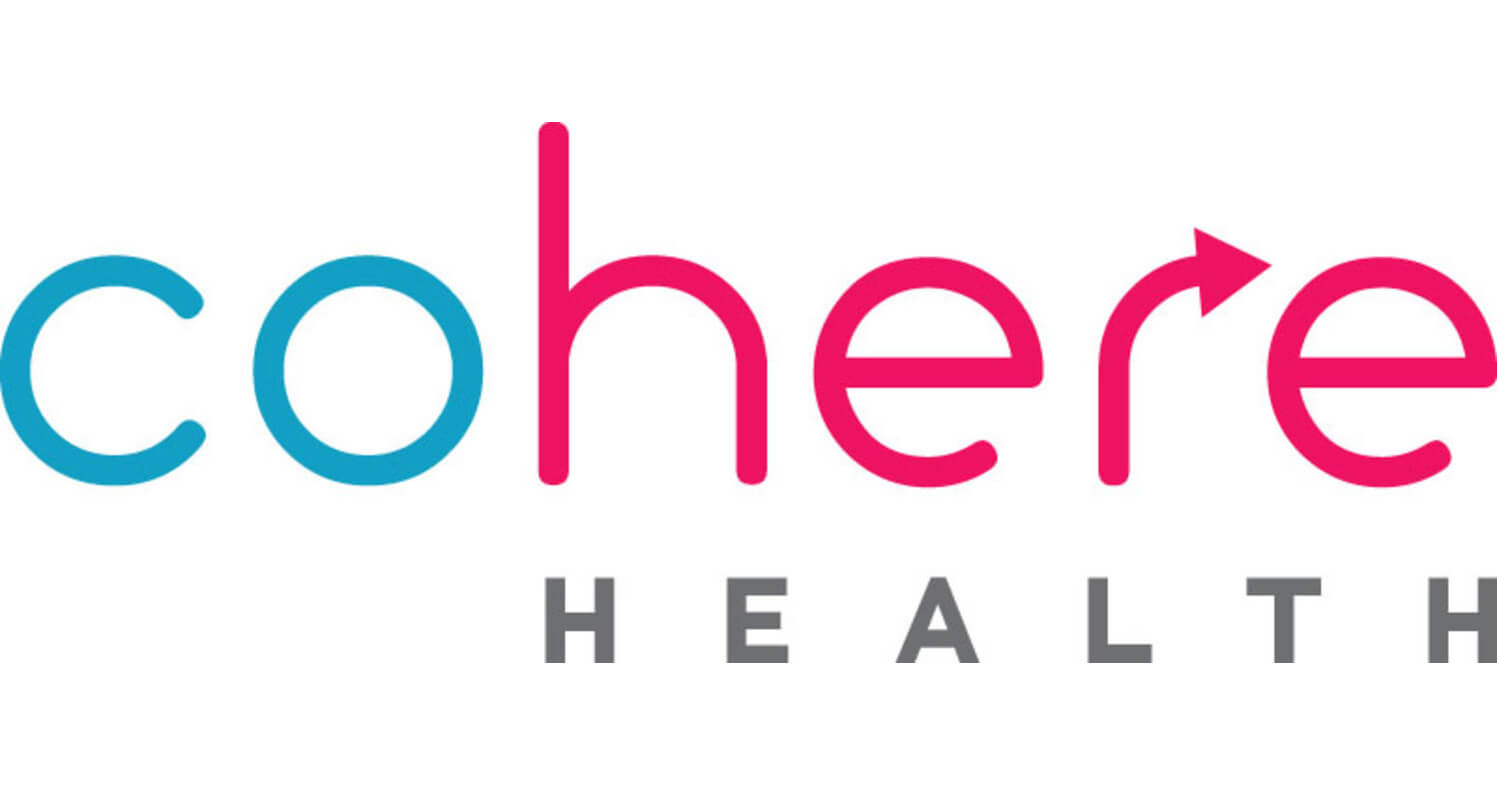
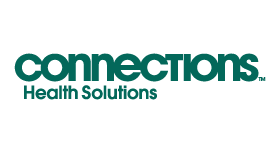








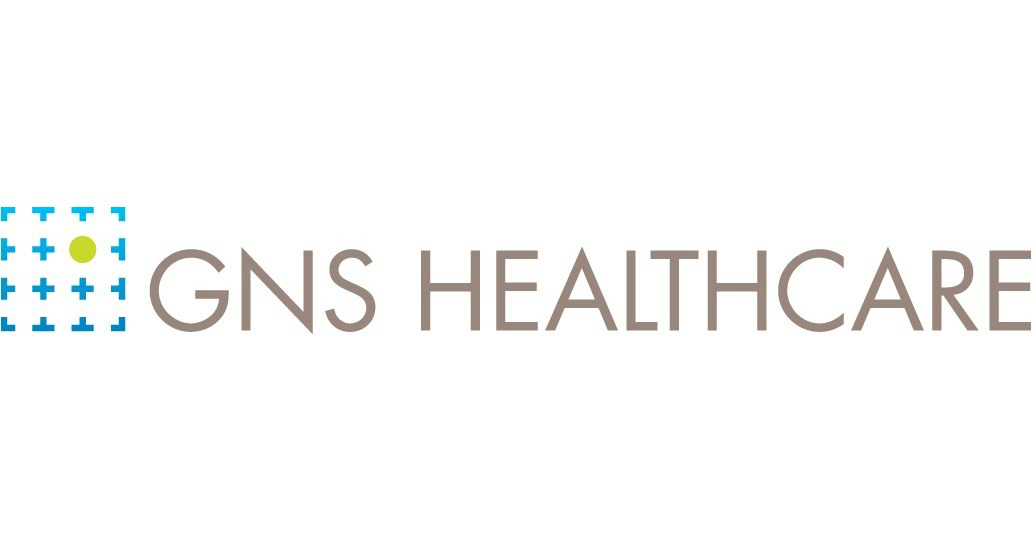






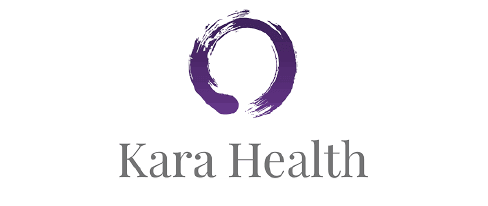




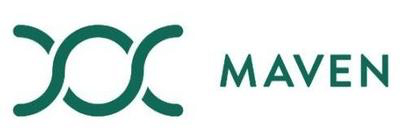




















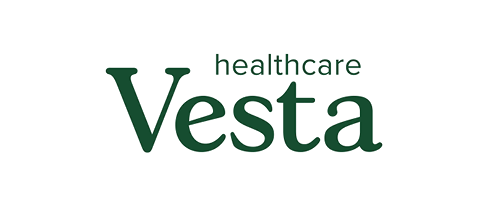










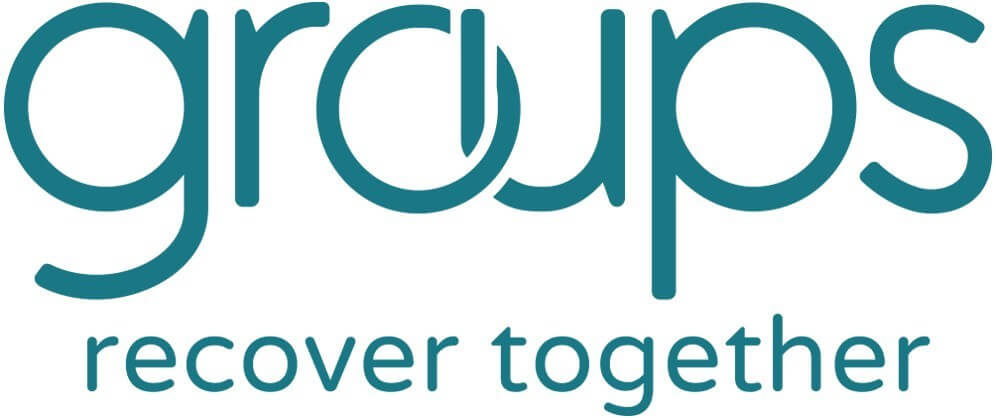







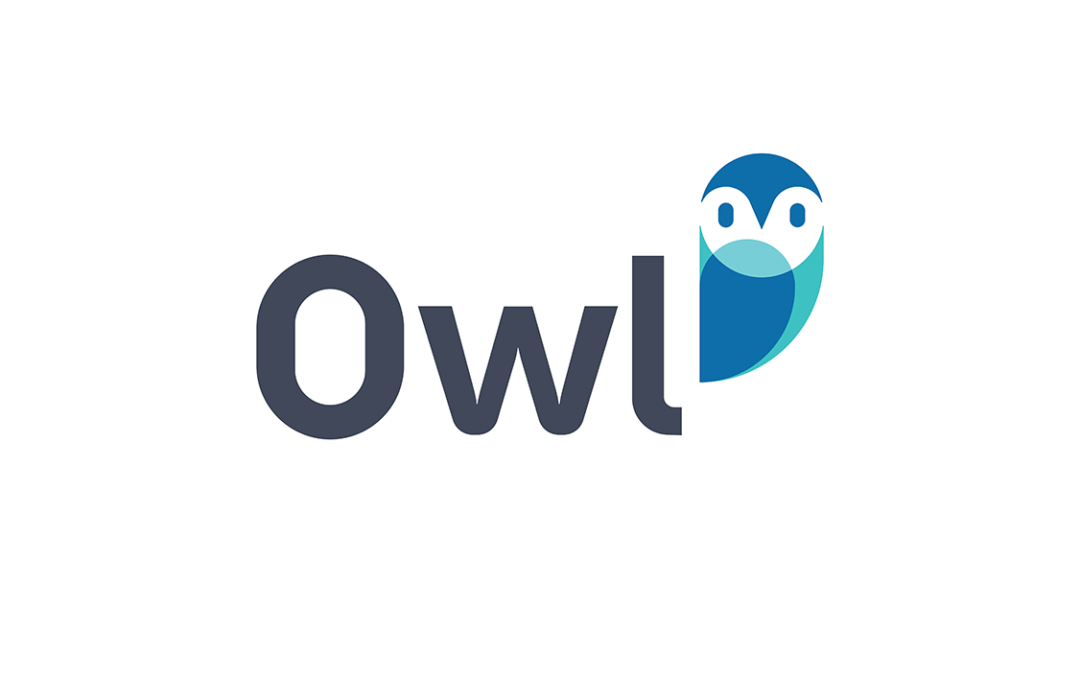



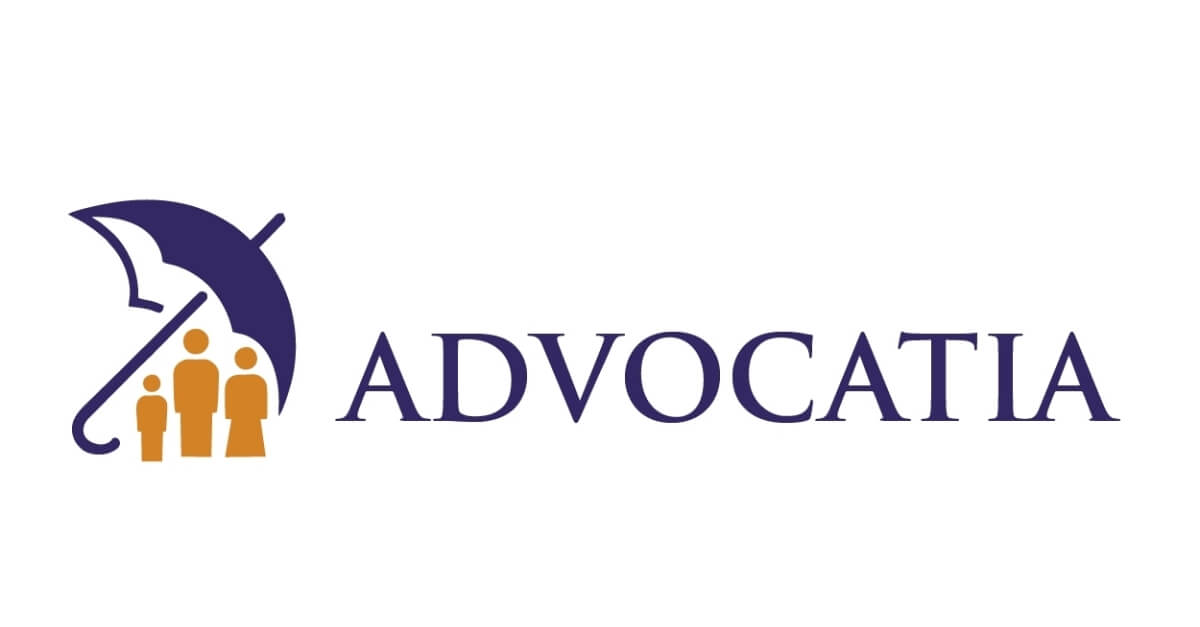


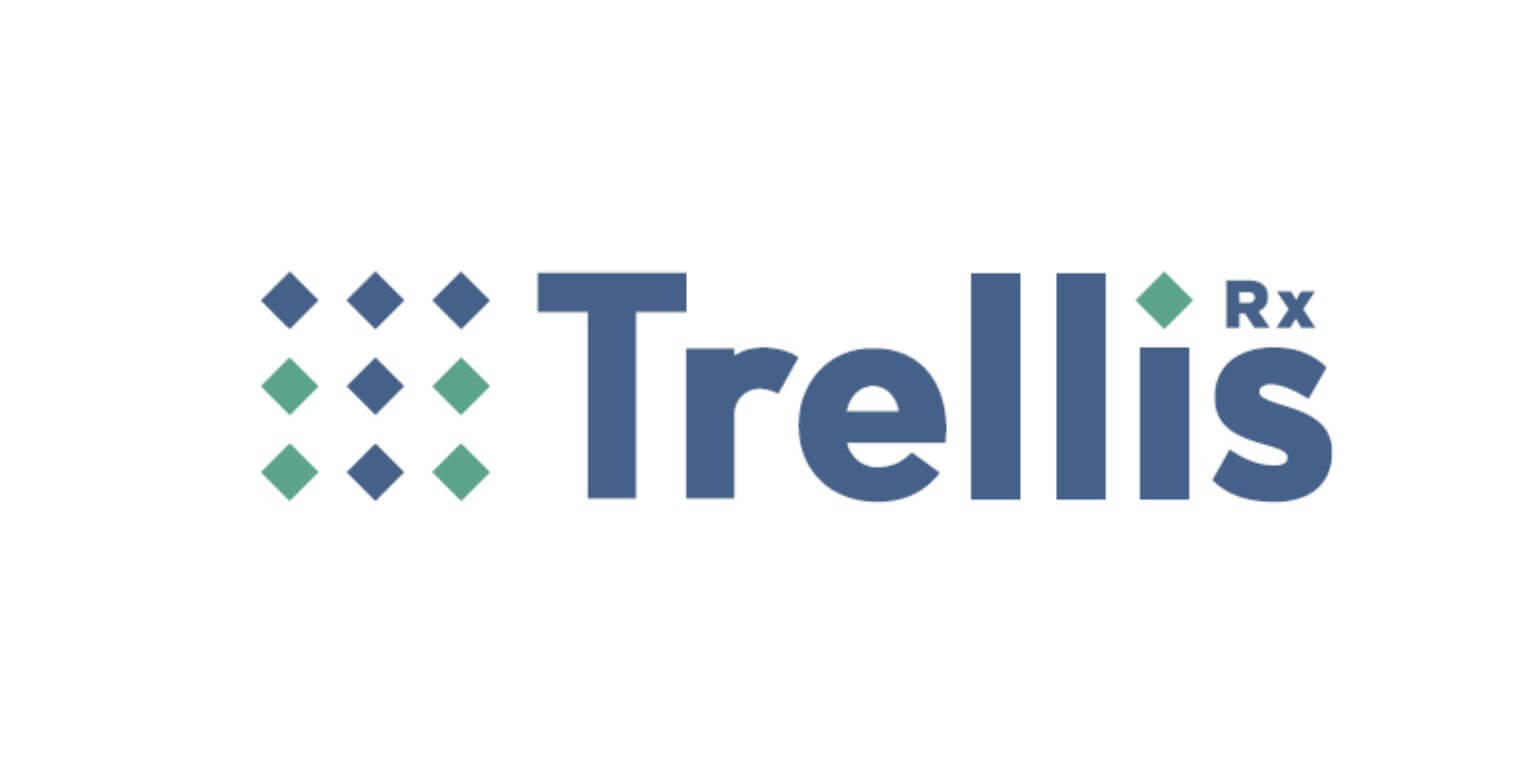

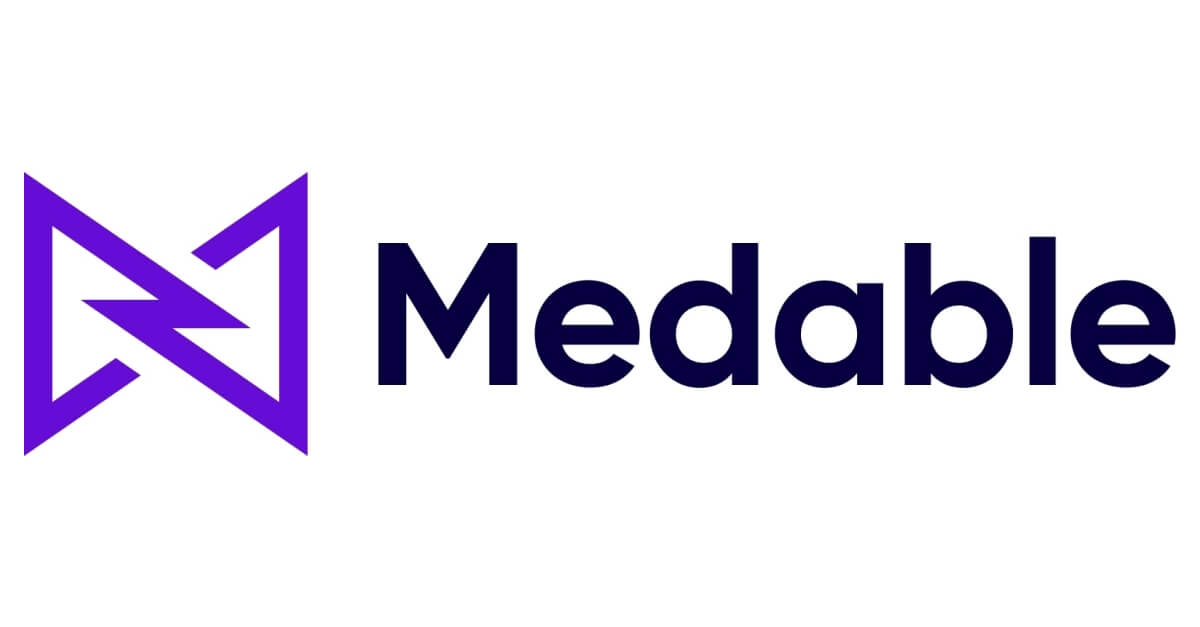




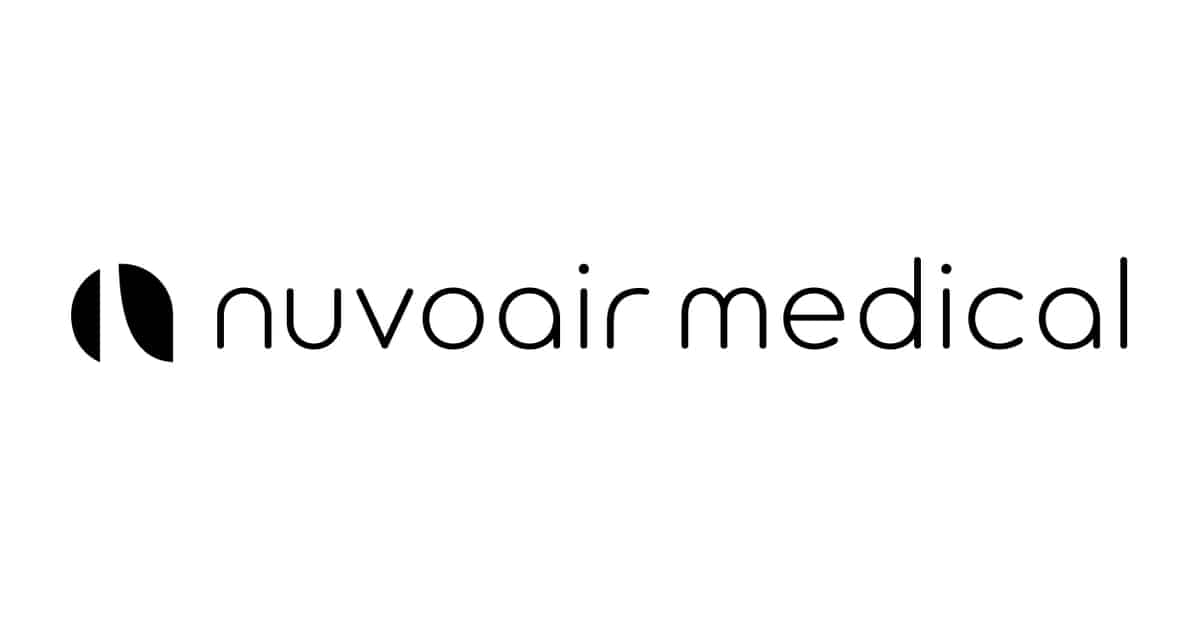


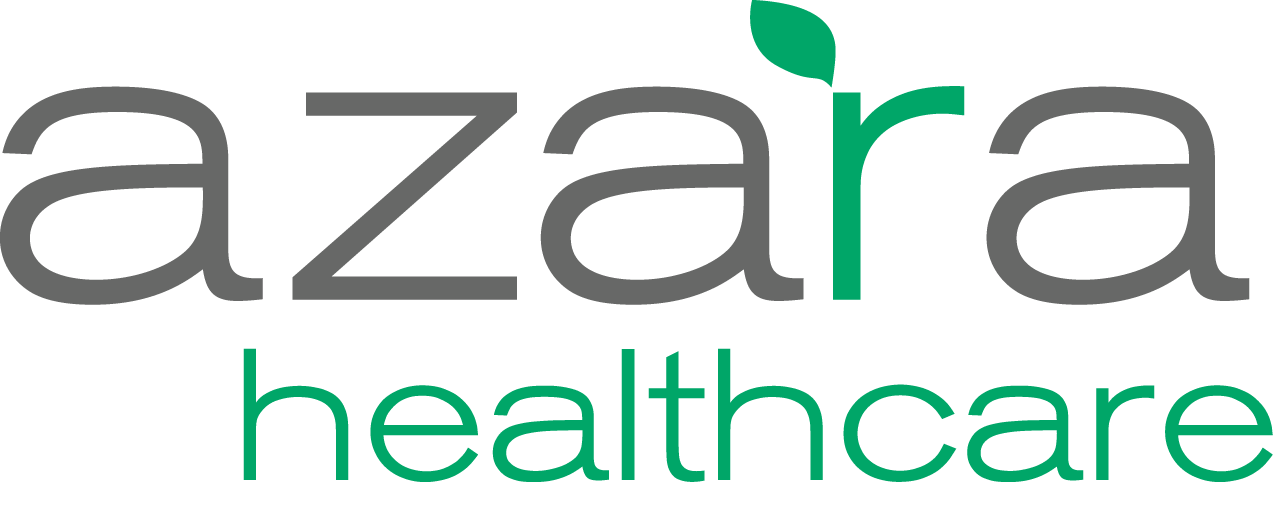












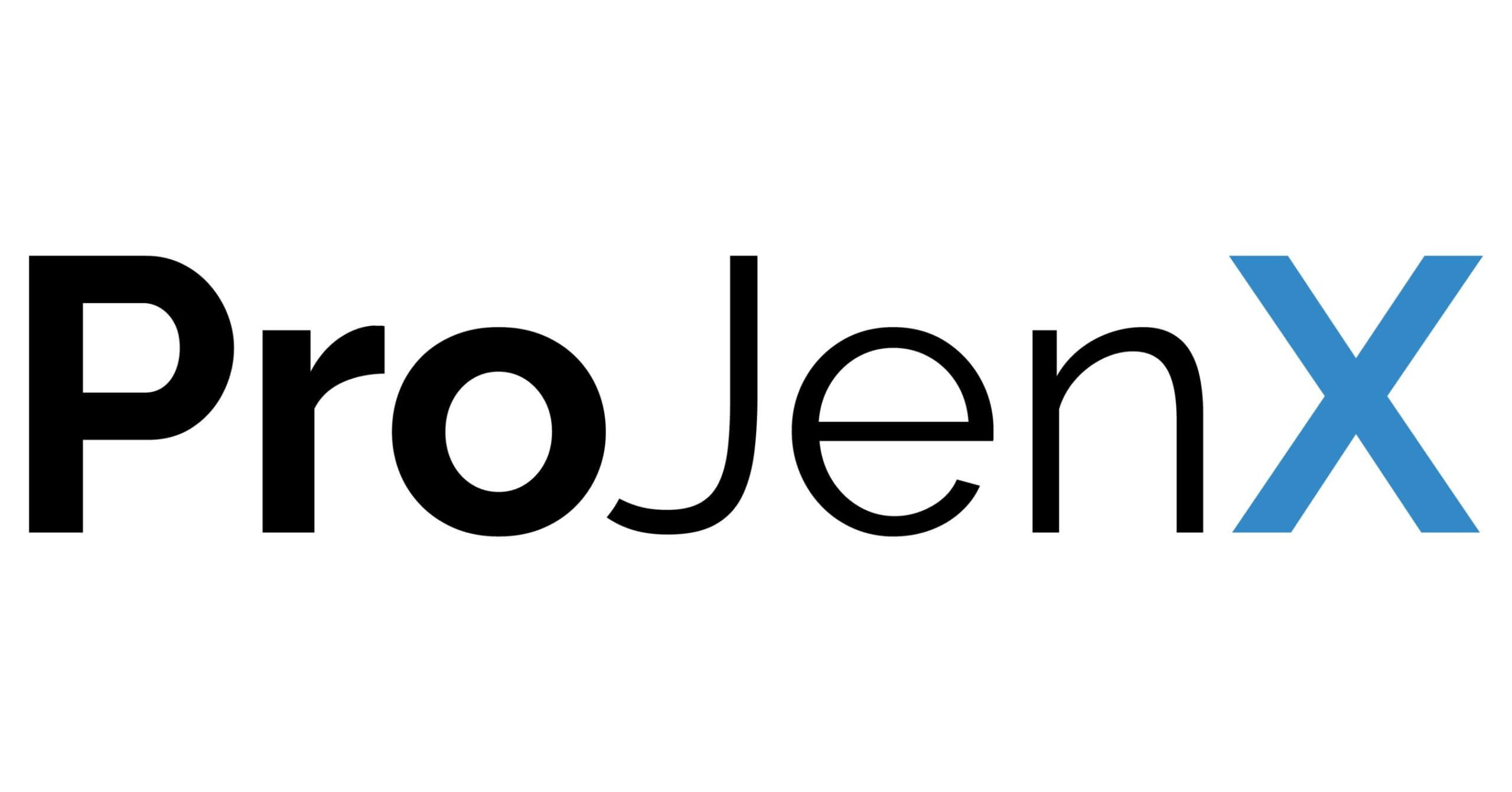










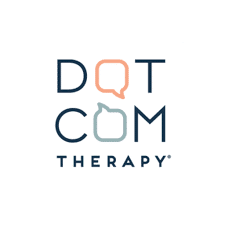
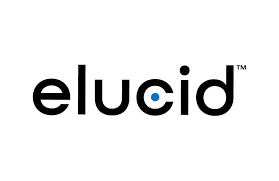

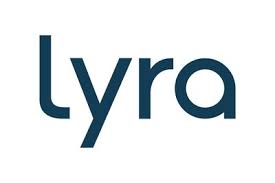



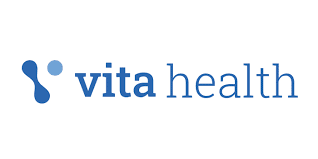




















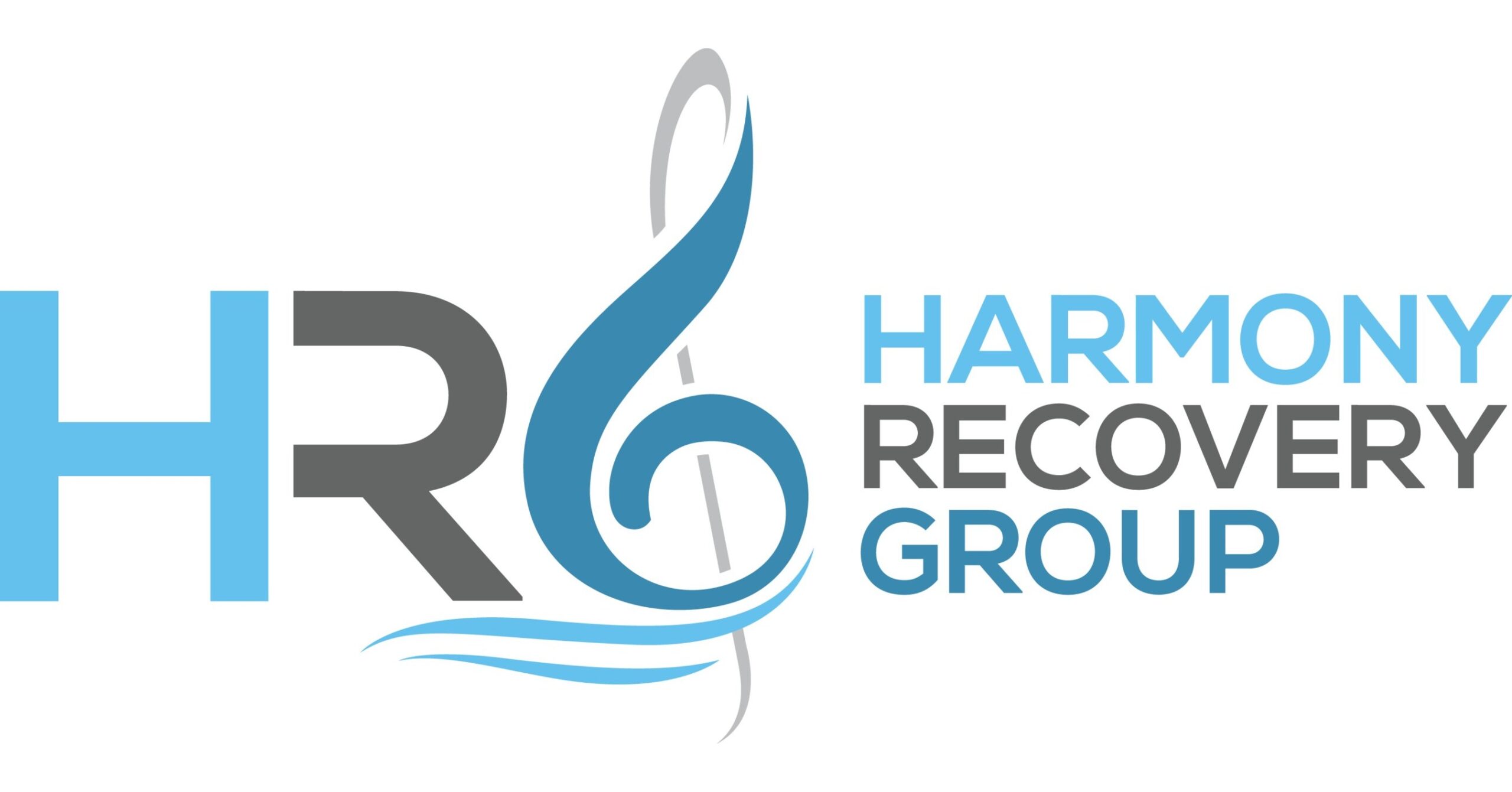

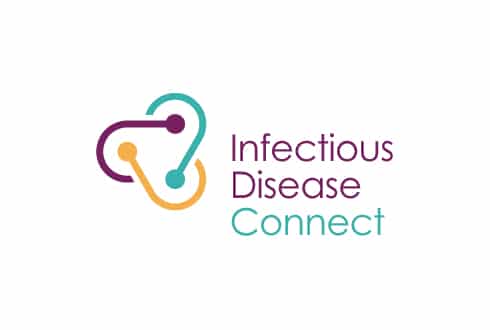
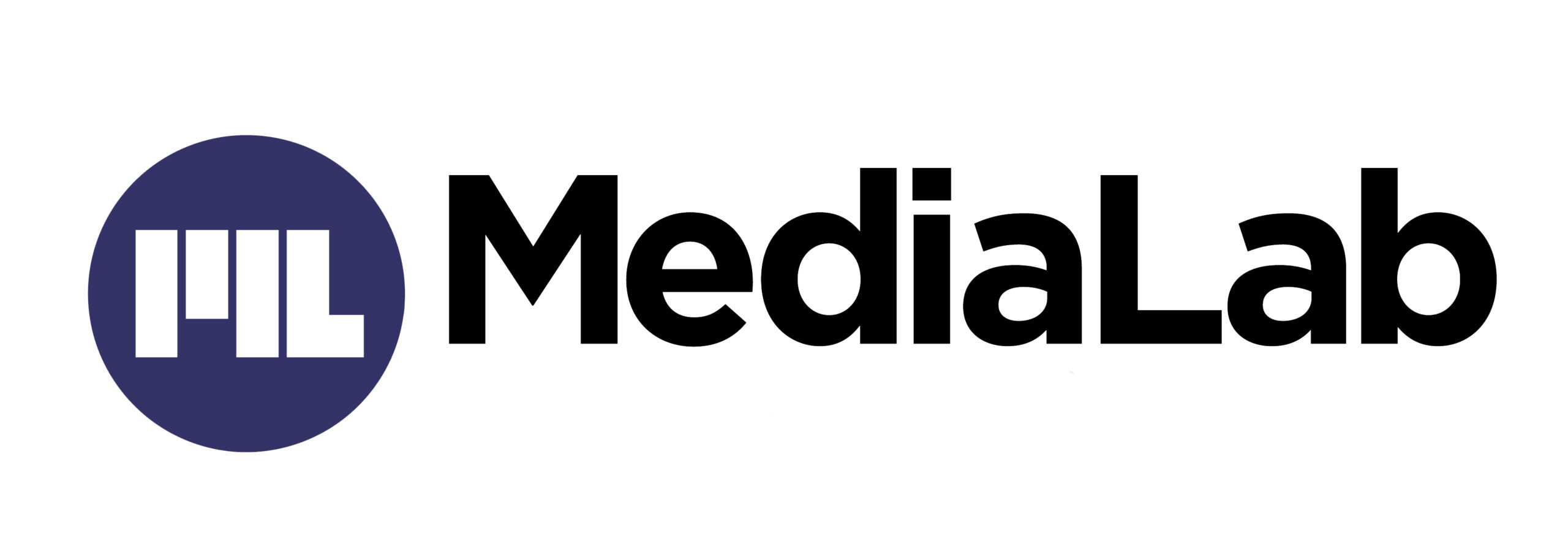

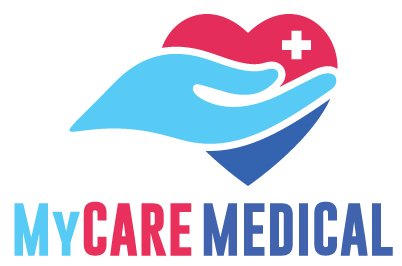






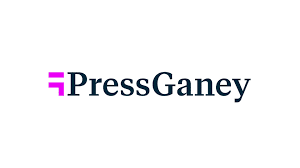









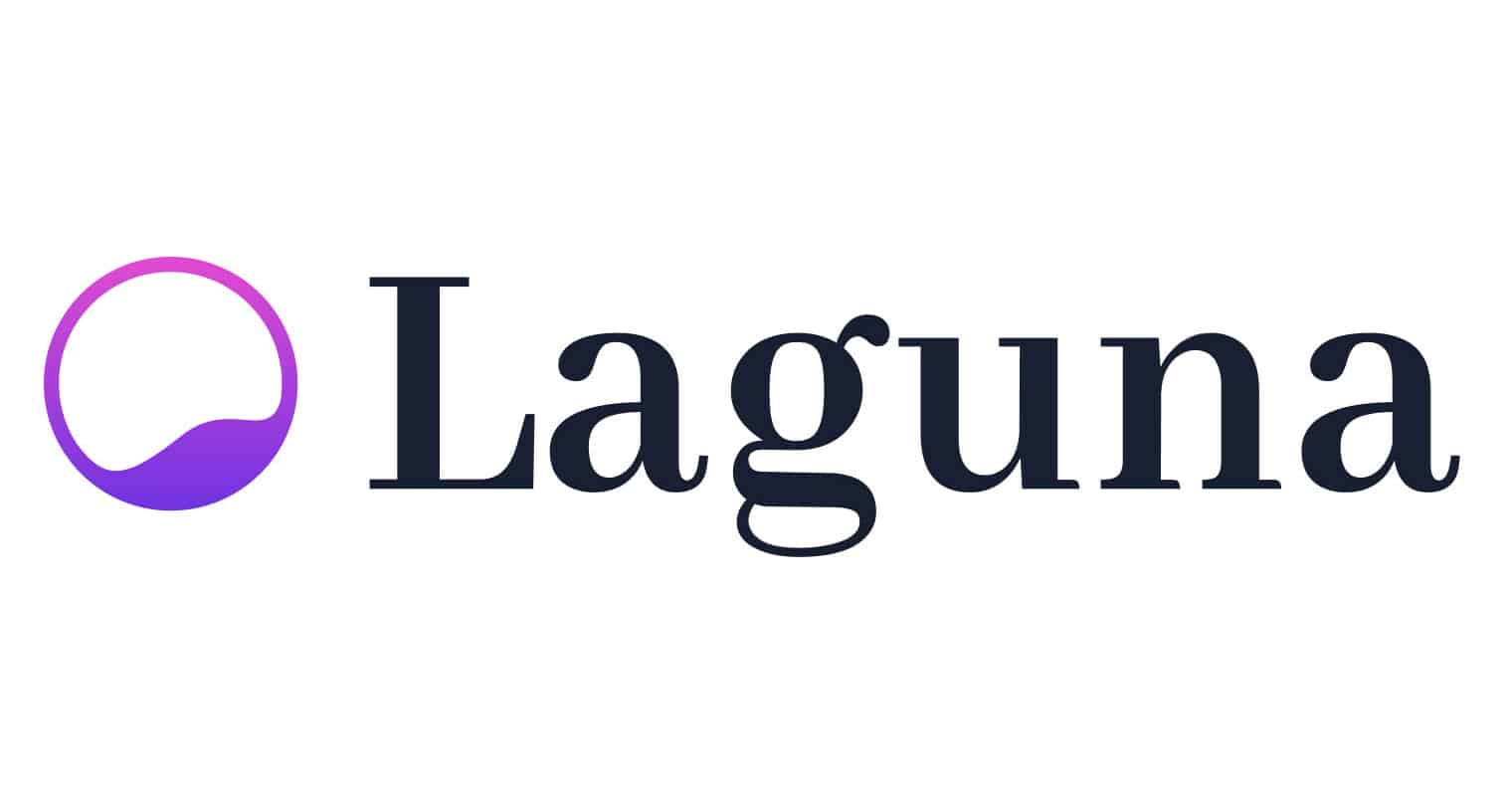














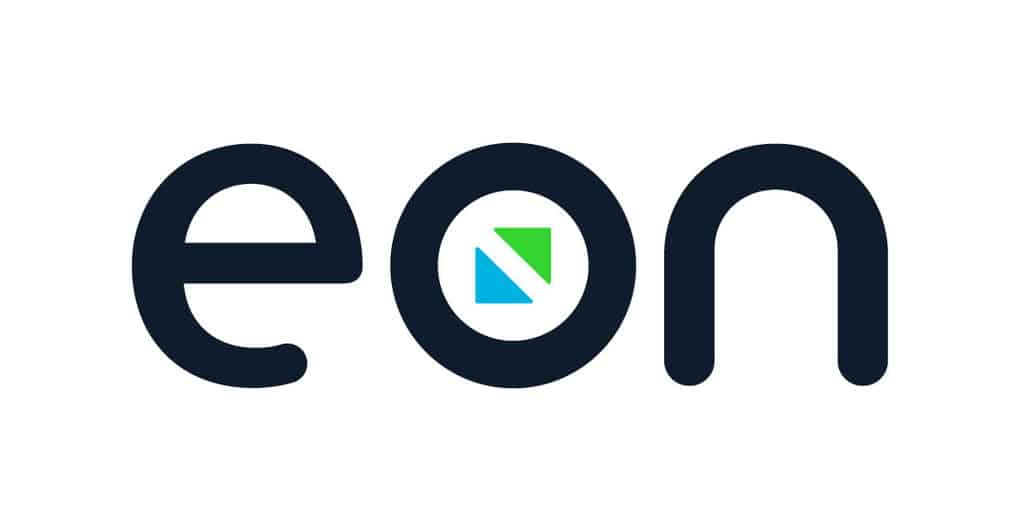

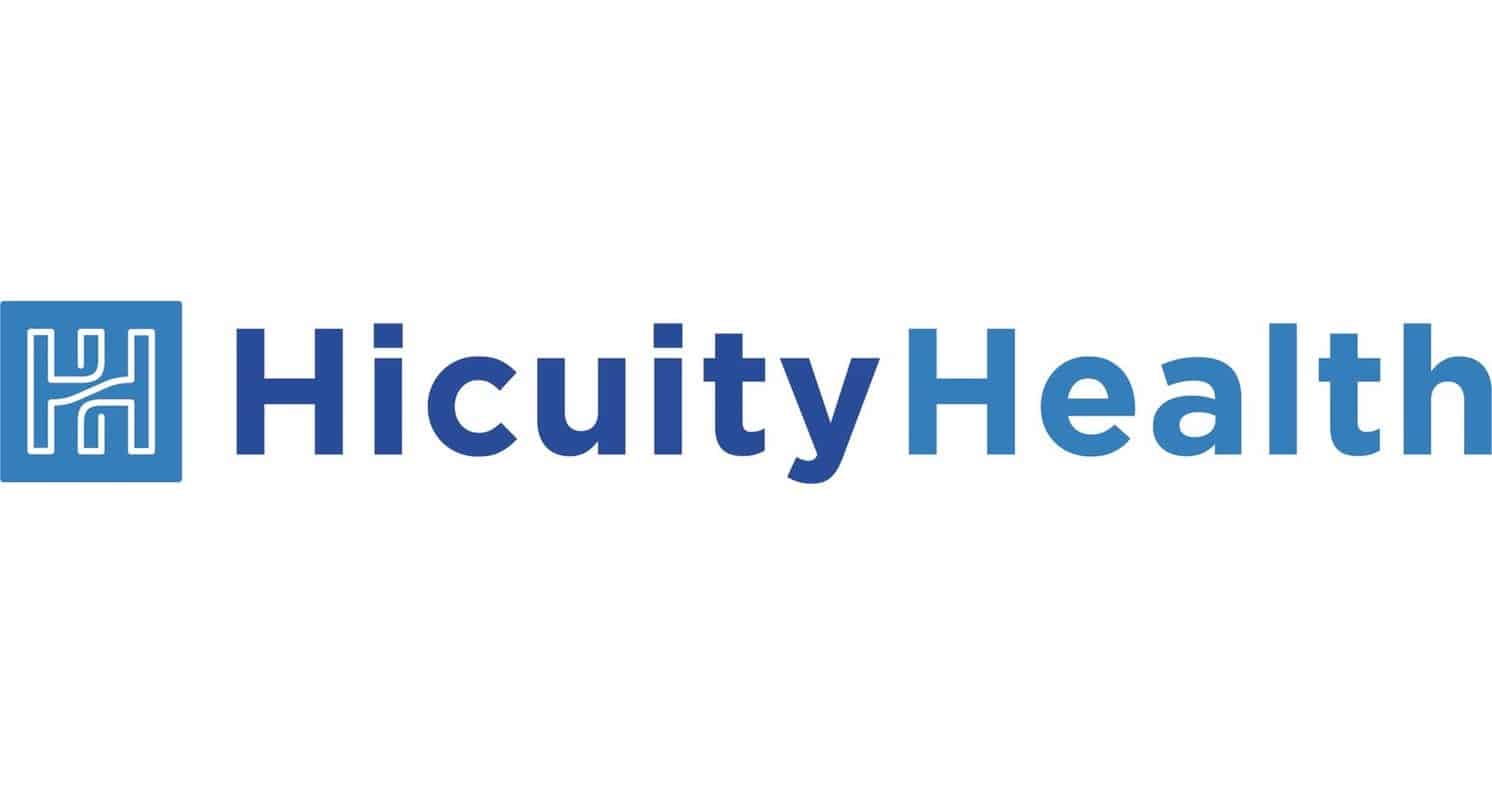



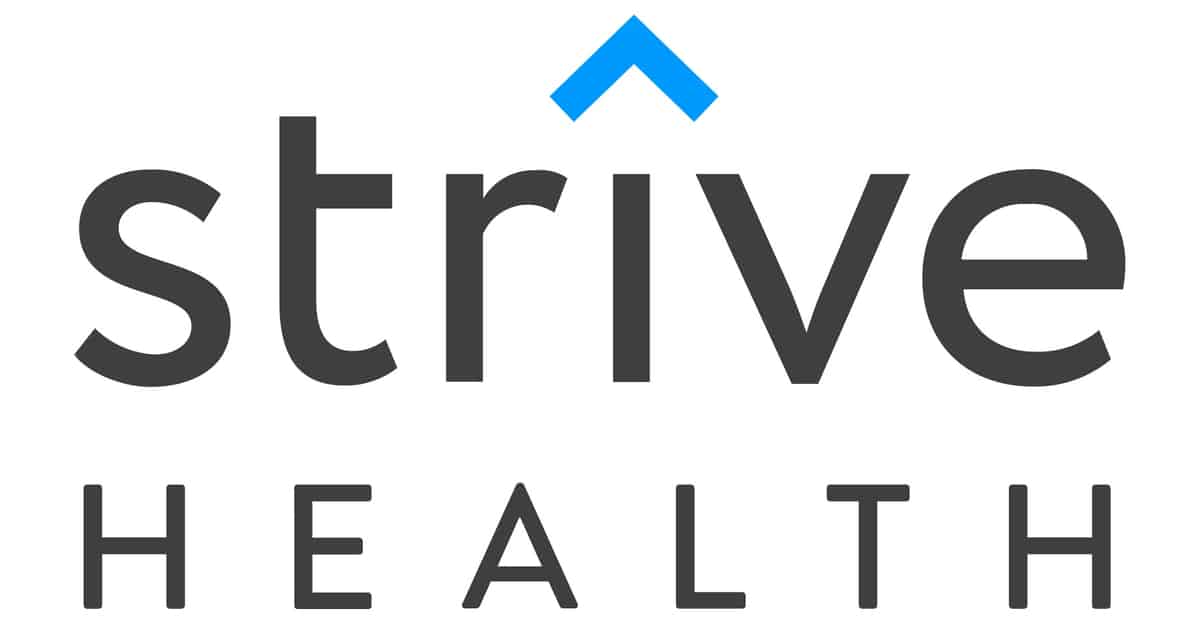
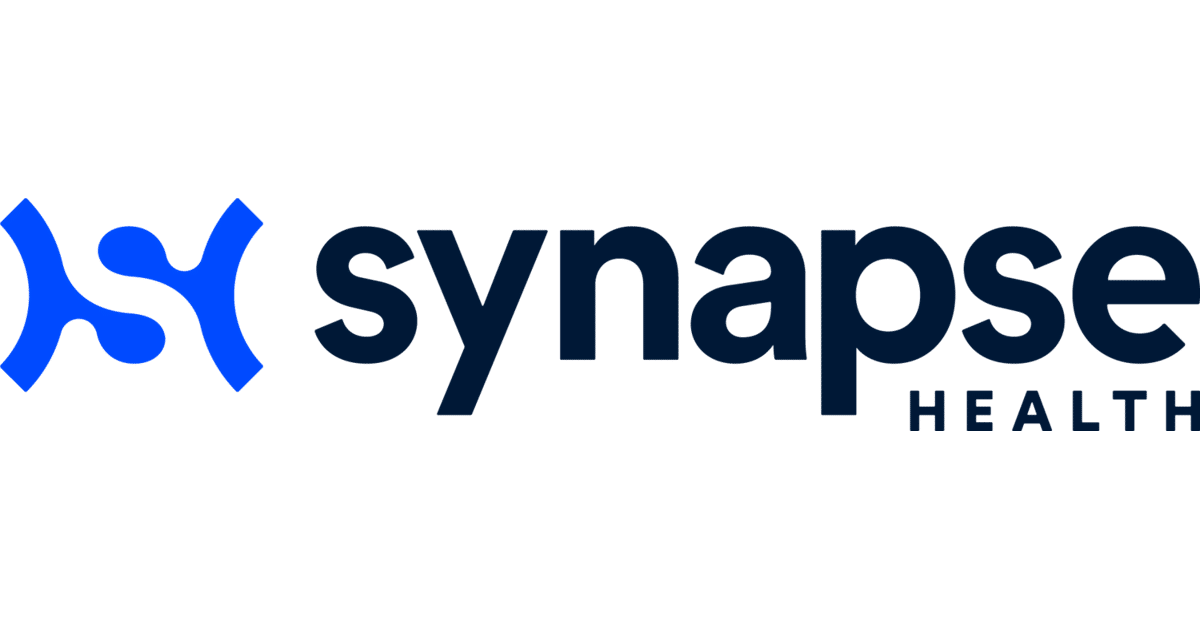
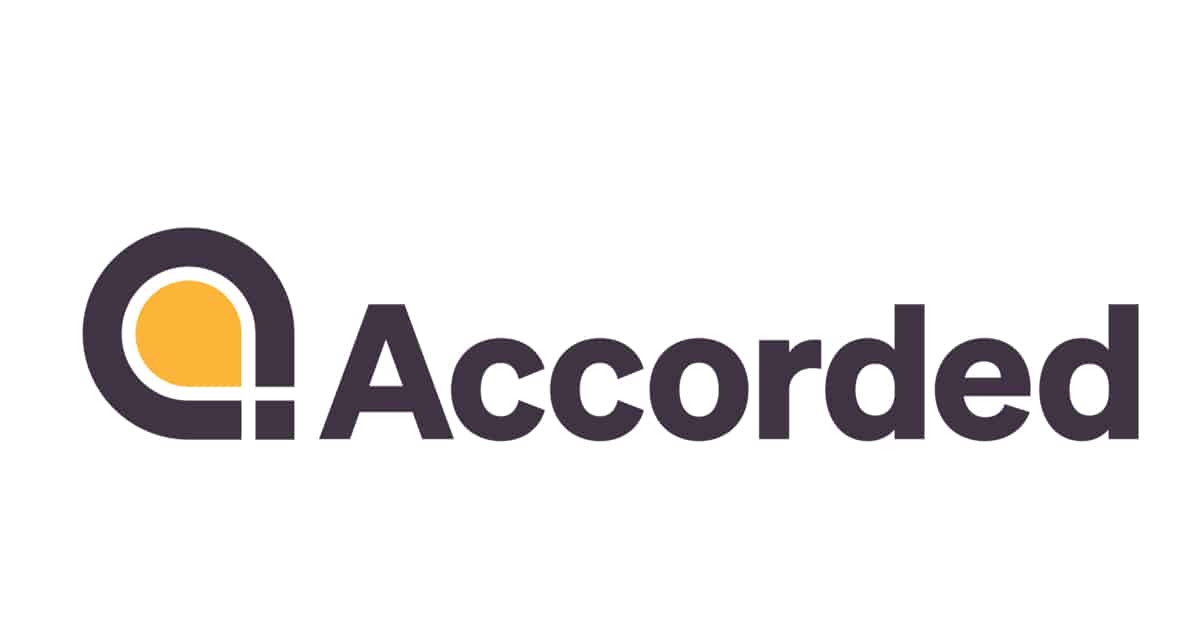


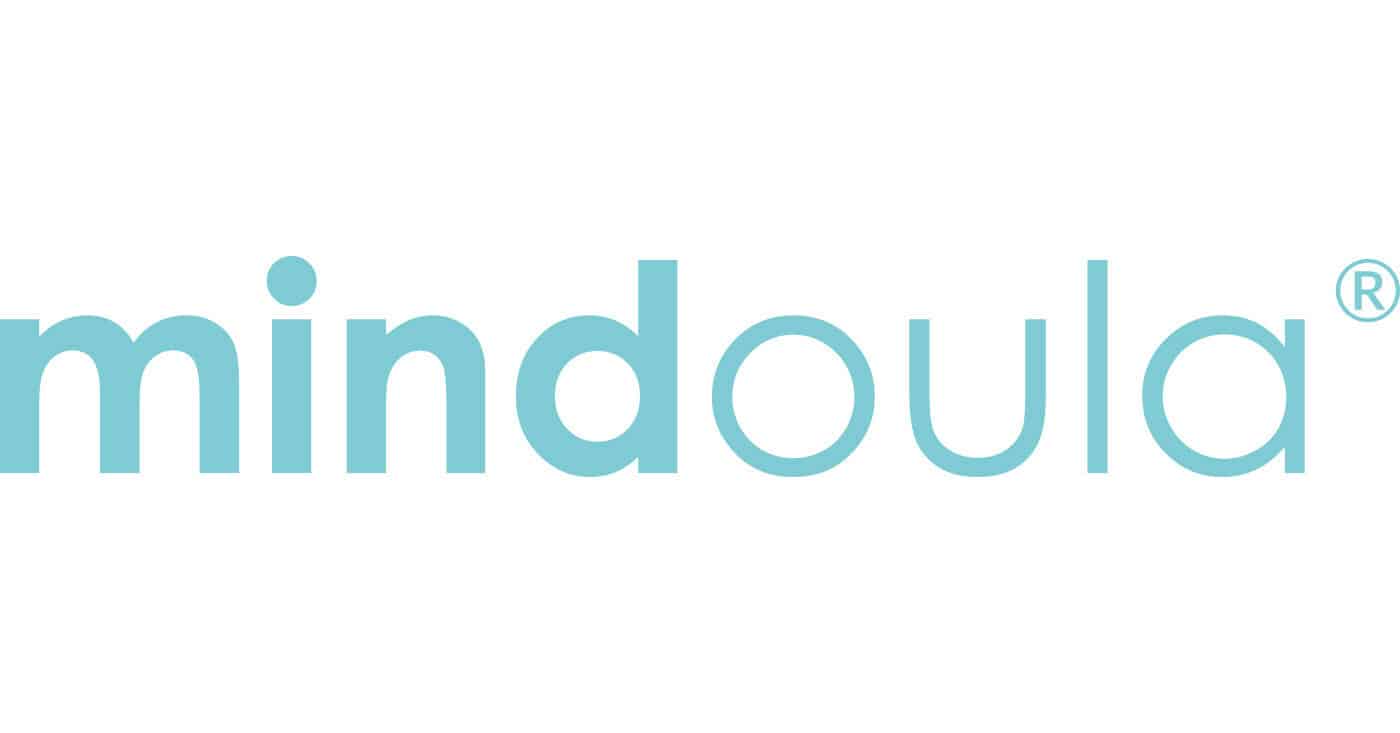




As a partner in Chasm Partners, I have been puzzled over headlines such as the one during the J.P. Morgan Healthcare Conference in January, that “Men named Michael outnumber female CEOs representing at #JPM18.” My curiosity and frustration led our team to explore the topic of gender parity in Healthcare IT for our Q2 newsletter.
Surprisingly, we discovered that despite the fact that only one woman (Gail Boudreaux, CEO of Anthem) serves as CEO of a Fortune 500 healthcare company, digital health startups have actually seen a tremendous increase in gender parity. Women make up nearly a quarter of the CEOs of digital health companies founded in 2016 (with $2M+ in funding) – an enormous increase over previous years. (Source: RockHealth report) Given this statistic, it isn’t surprising that in over 60 percent of Chasm executive searches, our clients specifically request to see female candidates.
We were also impressed by a 2017 McKinsey & Co. study showing that having more women in leadership positions is not just “nice to have” but linked to stronger corporate performance. In fact, it found that companies with the most women on their management teams were 21 percent more likely to achieve above-average profitability, compared with those with relatively few women in senior, decision-making roles. My own experience at Chasm Partners, where our team is 77 percent women, has proven to me the veracity of this report. Having more women on our team makes us a more successful company.
To deepen our understanding of the realities and benefits of gender parity, we sat down with four leading women in Healthcare IT to learn more about their experiences and perspectives.
—Kristy Lindquist, Co-Founder and Partner
THE PANELISTS
Lisa Suennen is a venture capital investor and healthcare industry advisor and currently the Senior Managing Director of GE Ventures. Lisa is also a Founder of CSweetener, a not-for-profit organization that facilitates mentorship relationships with executives and women approaching C-suite level positions.
Cathrin Stickney is the Founder and CEO of Parity.org, which she started to shed light on the issue of gender imbalance in business and correct it. She has been a healthcare executive and women’s advocate for more than 25 years, including leading roles at Cigna and Evolent Health.
Jan Bruce is CEO and co-founder of MeQuilibrium, an online, interactive platform that optimizes individual and team-based resilience, performance and engagement through behavioral science and predictive analytics. Jan has spent her career pioneering new brands in consumer health and well-being, and has a passion for building brands and products that transform lives and organizations.
Dawn Owens is the President of TripleTree, a leading healthcare investment bank and principal investor that invests in growth-stage healthcare services and technology companies. Prior to joining TripleTree, Dawn served as CEO of OptumHealth, a multi-line UnitedHealth Group company. Under her leadership, OptumHealth became one of the nation’s largest and most respected health and well-being companies.
How have you seen gender parity shift from when you started in HCIT to today?
SUENNEN There were so few women engaged in Healthcare IT twenty years ago, and now there are many. Clearly there has been a recognition by women that this is a career to pursue. The real question is what percentage leave the field as the funnel narrows at the leadership level. Fortunately, there are many women in leadership at payers and payers are a major target of Healthcare IT initiatives, so there is a bit more parity here. But fundamentally the numbers still aren’t equal.
STICKNEY It’s encouraging to see the number of females leading the way in this field. I see this firsthand at NYU, where I’m an adjunct professor teaching a course I wrote called “The Making of a Healthcare Entrepreneur.” This year, more than 80% of my class is women—double that of last year. Women understand that they are every bit as creative, talented, and competitively driven to make a difference as men are and are entering healthcare tech as a platform to express their determination to succeed on their own terms.
BRUCE I started in the field about 6 years ago. Most of the other entrepreneurs were men. Women primarily held positions in large healthcare companies—pharma, health plans—some in executive roles or sales, and also in HR, as the customer. It was primarily men from technology driving new businesses. I think it has certainly changed, but it’s not far enough.
How can organizations attract and promote more women into leadership positions and tap into the resulting competitive edge evidenced by the McKinsey report?
OWENS Every CEO or Board member has a first shot. Someone believed in them and decided that even without prior CEO/Board experience, they were the right person for the position. We should challenge ourselves to take calculated “chances” on first time female CEO or Board candidates while being clearheaded about what is required to achieve ultimate success. As I reflect on my own career path, and when I was most successful as a leader, it was when I had clarity on the role itself, a robust support structure, and when I was most self-aware and coachable on the things that mattered.
SUENNEN Companies also have to decide affirmatively they care about this culturally or they will not attract and promote more women into leadership. There needs to be a concerted effort to change the culture and demonstrate that the commitment is real.
STICKNEY Absolutely. Recognizing and working to remove unconscious bias from the recruitment process is key. For example, companies should always have at least one woman on each interview panel, and make sure that at least 50% of the candidates are women. I also want to add: we need to talk about, support, and celebrate women who are promoted in the company—even if it’s not you! It’s very competitive at the top; but when a woman is promoted to one of these coveted seats, all women rise. It’s something to celebrate.
BRUCE Yes, Cathrin! We need to make it part of our culture and our values to attempt to recruit women. Companies need to self-examine what they believe to be leadership qualities and be careful about inherent biases about performance and success; there may be unconscious bias in their collective mindset of what they perceive to be leadership-eligible people. The data is incontrovertible: companies with a woman on the founding team outperform other companies by 63%.
What do you think is contributing to the increase in gender parity in digital health startups? What has your experience been?
SUENNEN Two things here: first of all, many of these companies are being started by younger people who do not have the biases of many of those in management at larger companies. And secondly, women have decided not to wait for others and have jumped in to start companies themselves. There is no faster path to success than taking matters in one’s own hands. Unfortunately, this has not translated to equal funding.
BRUCE This is true. We have made progress but it is still nascent. And I still am frequently the only woman on panels at digital health conferences. However, I think the gig economy has been an impetus for millennials to think of work as an on-going life learning experience. They do not necessarily want to go to work for a big company and stay there for their career. They want to get what they can, keep learning, and then put their skills to work. This is fueling a mindset of intrapreneurship, that is bringing more women into high-growth business opportunities.
OWENS I believe there are many reasons for the increase in gender parity, but what I would focus on is the fact that women are often the Chief Health Officer of their household. They make the decisions, navigate the system, and are the caregivers (personally and professionally). As a result, they experience firsthand all the “opportunities” that exist in our highly fragmented healthcare ecosystem and they have lots of passion and insight as to what we can do to make our “system” better.
STICKNEY And we are making it better. 2017 was a watershed year for women speaking up for themselves regarding a number of issues, not the least of which are pay parity and gender discrimination at work. There is a growing awareness that gender-diverse teams are good for business—numerous studies show that when women are added to boards and executive teams, the bottom line improves.
From your vantage point, what evidence do you have that gender diversity makes an impact at the board level?
SUENNEN My most striking experience of this was being the only female board member on a company focused on gynecological surgery products (which also had one woman in senior management). The mistakes made in product design and launch were emblematic of a failure to understand to whom one is selling: female physicians and female patients. It is a stark example, but it’s very real. By and large the issue isn’t gender diversity, it’s diversity of thinking. Diversity of thinking always improves outcome and one way to achieve it is through gender diversity.
STICKNEY We only need to look at the numbers from numerous studies—McKinsey, LeanIn, Peterson Institute, and Stanford’s Clayman Institute—to know that when at least 22% of the board, or at least 3 board members, are women, the bottom line measurably improves.
BRUCE I have seen that gender diversity can significantly impact the cohesiveness and collegiality of a board. Women are often better listeners, more empathetic, and better able to relate to others, and at the board level, they are inherently accustomed to listen and learn, rather than dominate the conversation. When we have different types of people, who react differently to a set of circumstances and events, that can create a more well-rounded, fuller picture in terms of diagnosing problems and building solution options.
What advice would you give to other women looking to attain a senior leadership role?
SUENNEN Start being yourself and speaking your mind and ask for what you want much earlier than I did. If you don’t ask, you don’t get. If you do ask, you often do get. Women are taught it is rude to ask for more. It’s a trap.
STICKNEY I agree completely. Speak up, add your voice and your opinion to the conversation. As Sheryl Sandberg says, grab a seat at the table and lean in.
BRUCE There are 6 million jobs open in the US today; we are desperate for agile, flexible people who want to take charge, solve problems, and build better solutions. Also, the current heightened cultural awareness of unconscious gender bias and gender disparity is a terrific opportunity for young women to take action and take charge. Know your value. Speak up, think big, and don’t wait to be asked.
OWENS I would tell other women to pick their heads up – don’t just be great at what you do, don’t just be the reliable one. Rather, build relationships, invest in people and the “soft stuff,” and don’t hesitate to leverage who and what you know. Understand the broader context. It’s okay to advocate for yourself; in fact, you have to! Know yourself. Understand what makes you tick, what you excel at, and conversely, where you struggle. Put yourself in situations where you will thrive, but also challenge yourself to grow and diversify your experiences and abilities.

































































































































































































